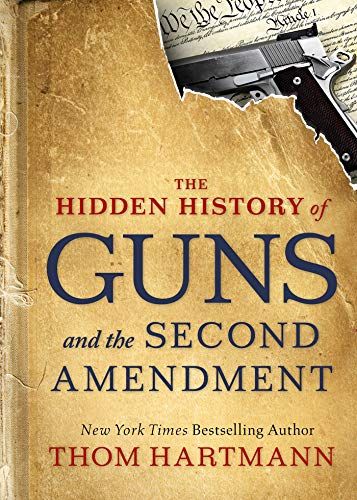

Muzzle Velocity * Ballistic Coefficient (BC) = Maximum Rangeīallistic Coefficient is determined by Form Factor (FF) and Sectional Density (SD) The following formula can be used to determine an individual gun's maximum range: The maximum range of a handgun is determined by the muzzle velocity, ballistic coefficient, air temperature, amount of gun powder, angle shot and form factor.

The drag factor is due to the gradual accumulation of air resistance as the bullet loses momentum. A bullet shot out of a gun will eventually slow down due to the drag factor. The maximum range of a bullet fired out of a handgun is different for each type of gun. Each is unique and varies in its capabilities. Handguns are an extremely diverse type of weapon. Maximum Range of Ammunition Abbreviations: ACP - Automatic Colt Pistol, BT - Boat tail, gr - grains (7000 gr per pound), RN - Round Nose, SP - Soft Point, FP - Flat Point Caliber Warmer temperatures and higher elevations will significantly increase the maximum range of the bullets. The calculations were made for Sea Level and 72 ☏. "The table below shows the average maximum range in yards of several types of popular handgun and rifle ammunition. National Law Enforcement & Corrections Technology Center. It will travel around 2500 yards before it falls."Ĭarter K. At sea level, the flat-based bullet will travel a maximum of 3,800 m, the boat-tail 5,200 M."

"The benefit of boat-tailing at very long range can be demonstrated by two. "… a 9 mm 120 grain bullet fired out of an average sized handgun at 45 degrees elevation will travel about 2300 meters before falling."


 0 kommentar(er)
0 kommentar(er)
